Investing in Sun Belt Light Industrial Properties: A CIO’s View
Lucern Capital Partners' Frank Forte on why his firm is going heavy on this niche.

Population growth has fueled explosive growth for the Sun Belt industrial. That wealth has spread to light industrial properties. These assets cater to service-oriented companies operating in the local and regional markets, and, unlike larger and warehouse and industrial, the inventory in this niche has actually been shrinking in the region.
Painting companies, mechanics, tile distribution companies, local gyms, hair salons, graphics companies, manufacturing companies and automotive services are just a few of the users that benefit from light industrial real estate.
To find out the particulars of investing in light industrial assets in the Sun Belt, Commercial Property Executive reached out to Lucern Capital Partners, a real estate investment firm focused on value-add and opportunistic deals across the region. Here’s what CIO & Managing Partner Frank Forte revealed about this growing niche.
How have fundamentals evolved for the Sun Belt light industrial market these past few years?
Forte: The surge in population in the Sun Belt has supported rent growth and increased demand for these spaces. Another fundamental that has evolved is the number of available light industrial spaces in mature and densely populated areas in the region. In densely populated areas, apartments, larger logistics warehouses and housing developments have replaced light industrial spaces. The reduction in available space creates scarcity, making existing spaces more valuable.
The current economic landscape is the final fundamental we’ve seen evolve in the Sun Belt. Job creation has impacted the development of light industrial properties. Development has led to higher building costs and the need for high rents to justify these costs. While large-scale logistics facilities are more feasible to develop due to economies of scale, smaller, more specialized light industrial spaces still need to be made available. As a result, developers are only inclined to build if they have a competitive advantage, such as owning the land or having lower construction costs.
READ ALSO: Emerging Industrial Markets in the U.S.
Despite all this, are there any incentives for investors to develop light industrial vs. massive-scale industrial?
Forte: There is currently no incentive for investors to develop light industrial warehouse spaces as opposed to massive-scale industrial warehouse spaces in the U.S. Development for light industrial warehouse spaces as a percent of their overall inventory in the U.S. is consistently in the low single digits.
As a result of limited supply and high demand, time on the market has dwindled considerably for light industrial. As of 2023, time on the market for light industrial warehouse space was at a record low of just four months—48 percent less than the average time between 2010 and 2022.
Since the Sun Belt’s population is expected to grow by roughly 11 million over the next decade, we can also expect demand for light industrial to grow. What challenges will this growth bring for investors?
Forte: As the Sun Belt market’s need for light industrial spaces increases, so do investor challenges. These challenges include higher competition for deals—when there are already a lot of similar businesses in the area that occupy light industrial spaces, it can be challenging to attract new tenants or customers to the property.
How do you balance strong rent growth and affordability, particularly in a fast-growing region like the Sun Belt?
Forte: You can address the challenge of balancing good rent growth and affordability in a few ways. Because of the high demand for light industrial spaces, there is a risk of rents becoming unaffordable for smaller businesses. Real estate investment firms can balance rent increases while maintaining tenant affordability by ensuring their light industrial assets remain attractive and functional for future uses. Secondly, firms should buy light industrial assets with room to profit while leaving room for the next buyer to profit. This means firms should take some upside and keep occupancy stable rather than raise rents past the point of affordability where occupancy takes a hit.
Third, firms should assess the notional impact of rent levels in terms of real dollars and get a sense of tenant affordability. With high demand for light industrial spaces there is a risk of rents becoming unaffordable for smaller businesses that occupy them.
A new challenge could be that valuations for light industrial spaces get so high that investors may face difficulties internalizing those valuations.
How do you navigate the competition in your space?
Forte: Higher competition can significantly challenge attracting new tenants or customers to the property. On the other hand, a location with a low level of competition can offer excellent opportunities for commercial property investment. Few factors hold as much sway over success as local market knowledge when investing in light industrial spaces. Staying informed of local market dynamics, especially the competitive landscape, is critical for investors looking to make profitable commercial real estate investments in specific markets.
Firms can better integrate market knowledge with understanding local market dynamics. These include transportation and access to major highways, supply chain efficiency, market accessibility, zoning and regulations, labor activity and competition.
READ ALSO: I.CON East Special Report—Industrial Opportunity Snapshot
Can you share some risk mitigation strategies for investing in the Sun Belt light industrial market?
Forte: The main two risks to pay close attention to when investing in light industrial in the Sun Belt market are downtime and vacancy. To mitigate these risks, you should acquire versatile spaces that appeal to various tenants. For example, light industrial assets can attract multiple tenants, with some units having truck bays and other spaces offering professional services. In addition, maintaining close relationships with tenants and promptly addressing their needs is essential to ensuring high occupancy rates and tenant satisfaction.
We actively invest in each asset we acquire, so we must maintain frequent property visits, have regular calls with the property management company, and maintain close relationships with tenants. Another way to mitigate the risks I mentioned is to pay close attention to when leases expire to prevent large vacancies at any given time.
How does the light industry in Miami, for example, differ from the light industry on the West Coast?
Forte: Population growth and pro-business policies drive the Sun Belt region’s unique appeal. Land is more plentiful compared to densely populated areas like the Northeast, where zoning restrictions and scarcity of land create significant barriers to entry.
Part of the differences market to market for light industrial surrounds your user base and local pricing expectations. In some markets, pricing is gross only. In some, it is all triple net, and some have individual nuances. Atlanta, for example, has a very extreme leasing commission environment that is true only for that submarket. Small bay/flex spaces in Miami are currently priced in gross lease terms only. If you came to the Miami market looking to move tenants to net leases, you would have a difficult time. Differing knowledge can make or break an investment opportunity in specific markets.
What makes a strong located light industrial property?
Forte: You can look at several vital characteristics when evaluating light industrial investment opportunities. Firstly, look at whether the property has stable, positive cash flow or the potential to achieve it quickly. Secondly, ensure you won’t overpay for the asset relative to replacement costs and how similar properties are priced in the market. Thirdly, it is essential that every industrial asset you consider investing in has universal appeal and flexibility to accommodate various tenants and uses. Finally, invest in properties that have staggered lease expirations to avoid large vacancies at any given time.
How has the low availability of capital impacted light industrial investment, and where do you see it evolving shortly?
Forte: Light industrial investors benefit from the diminished capital supply because light industrial spaces generate high cash flow efficiency relative to other industrial property types. A lot of capital in the light industrial space is connected to properties occupied by larger 3PL and logistics-type companies because more dollars can go into one investment quickly. That said, if larger groups can figure out how to scale their light industrial assets, it will be very lucrative for them.

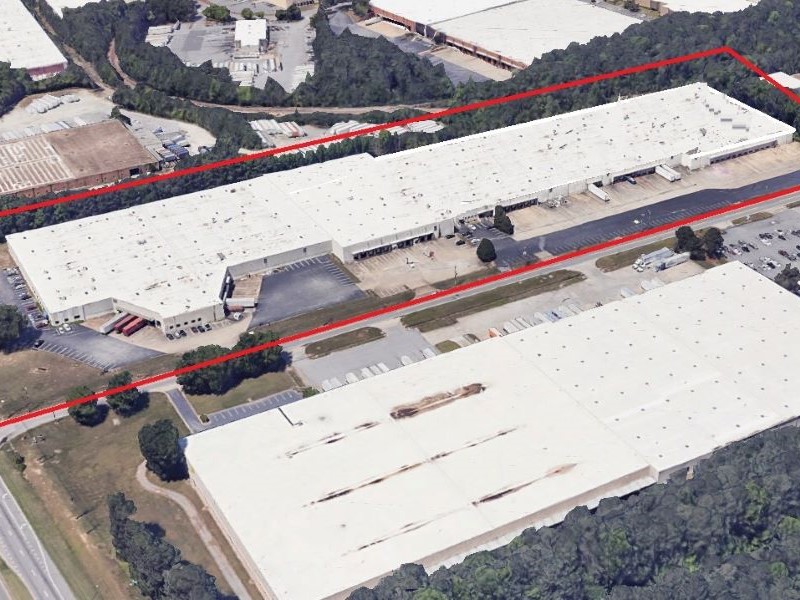
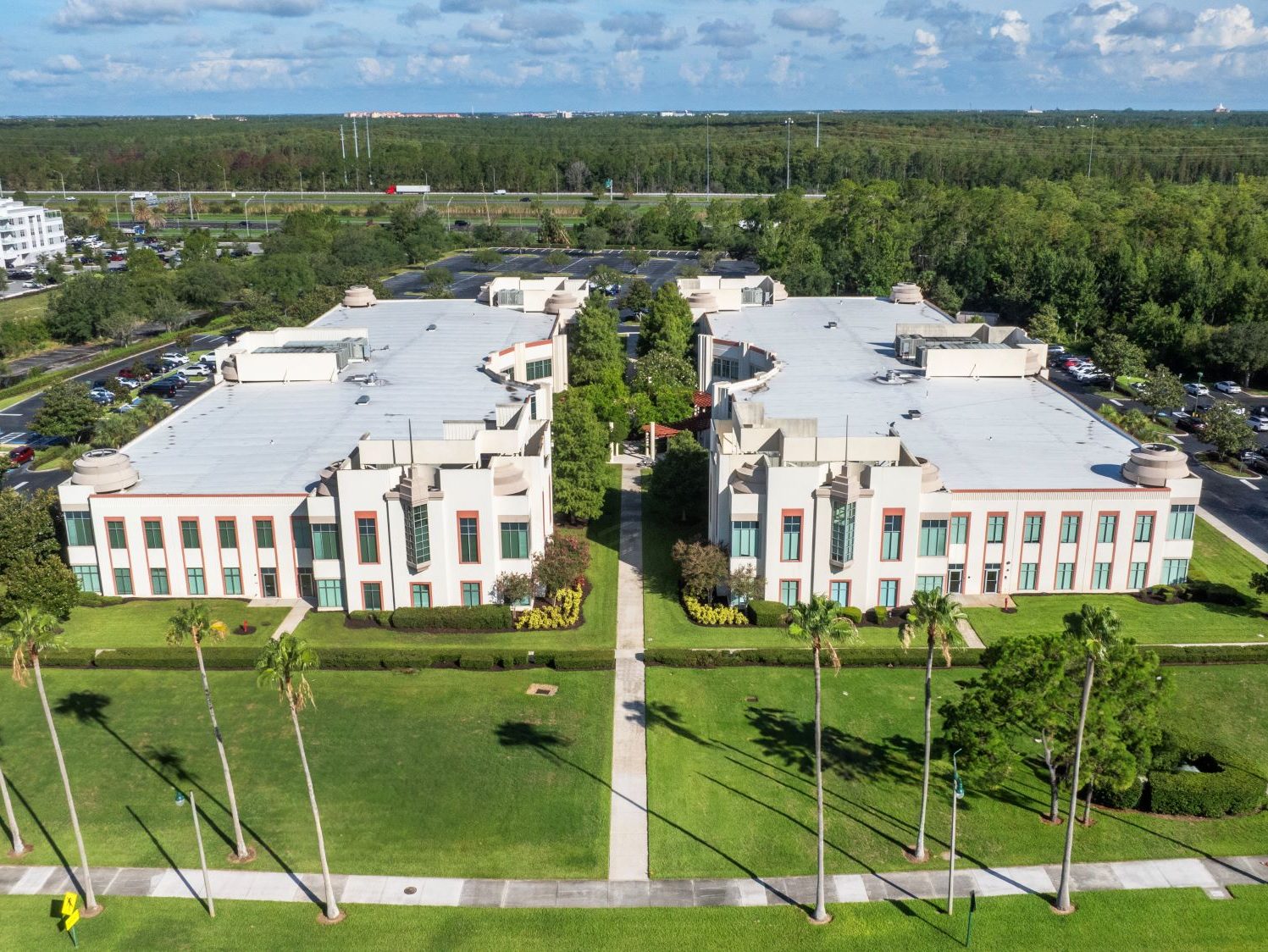
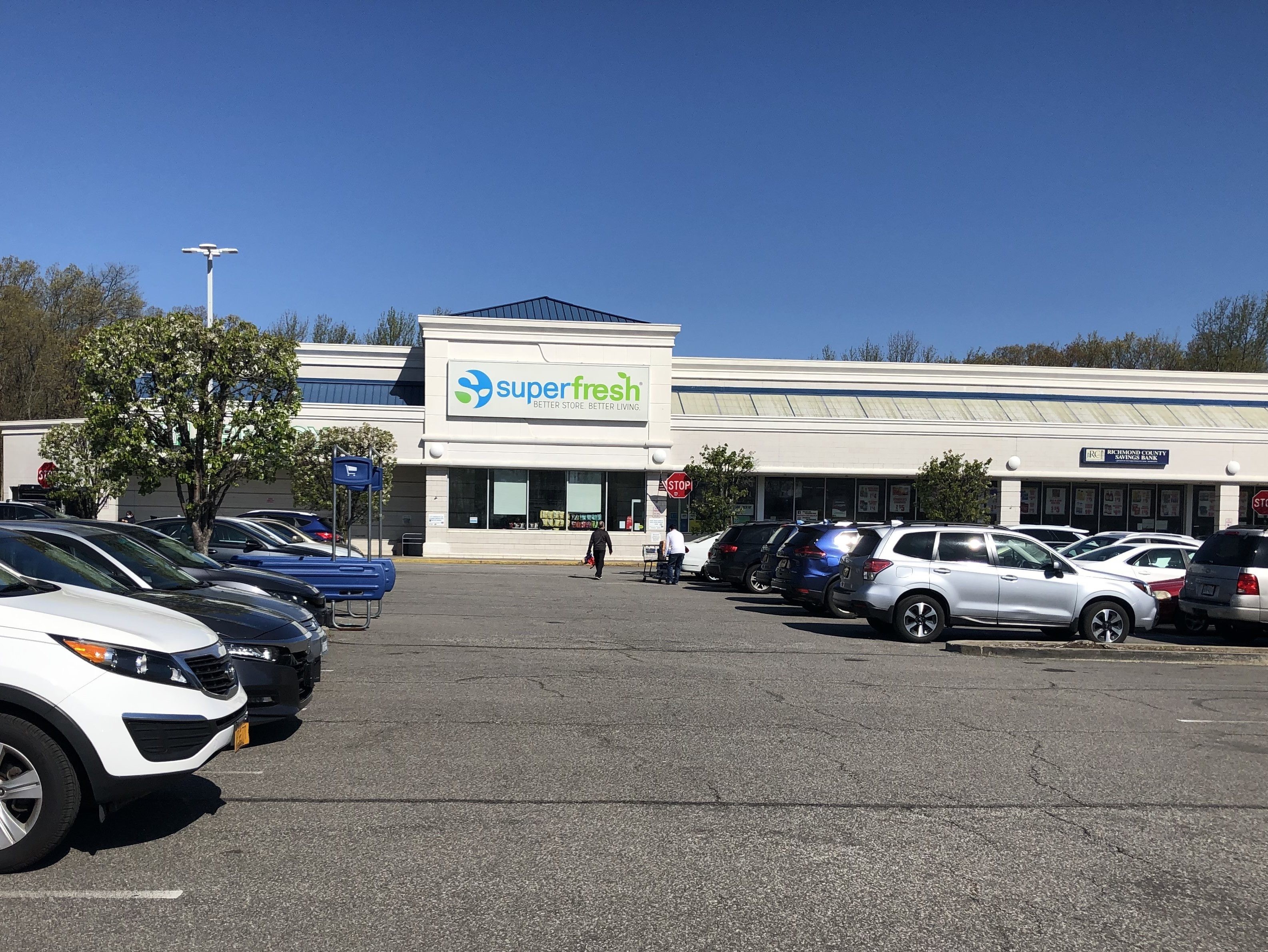
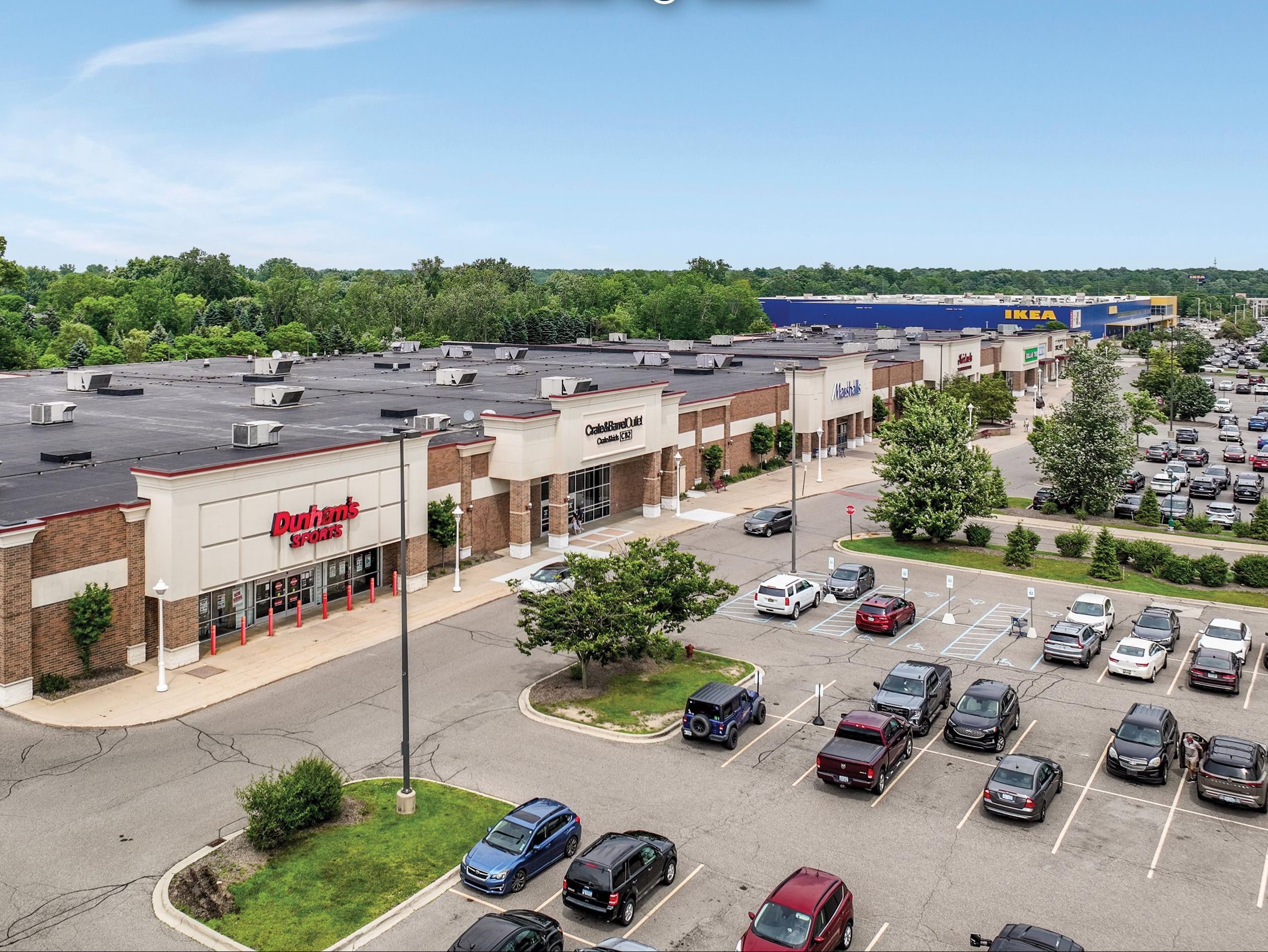
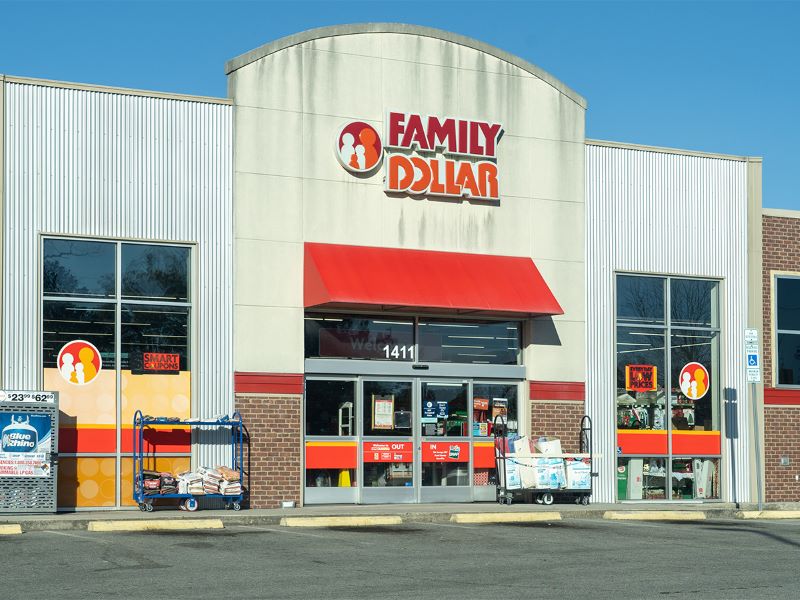
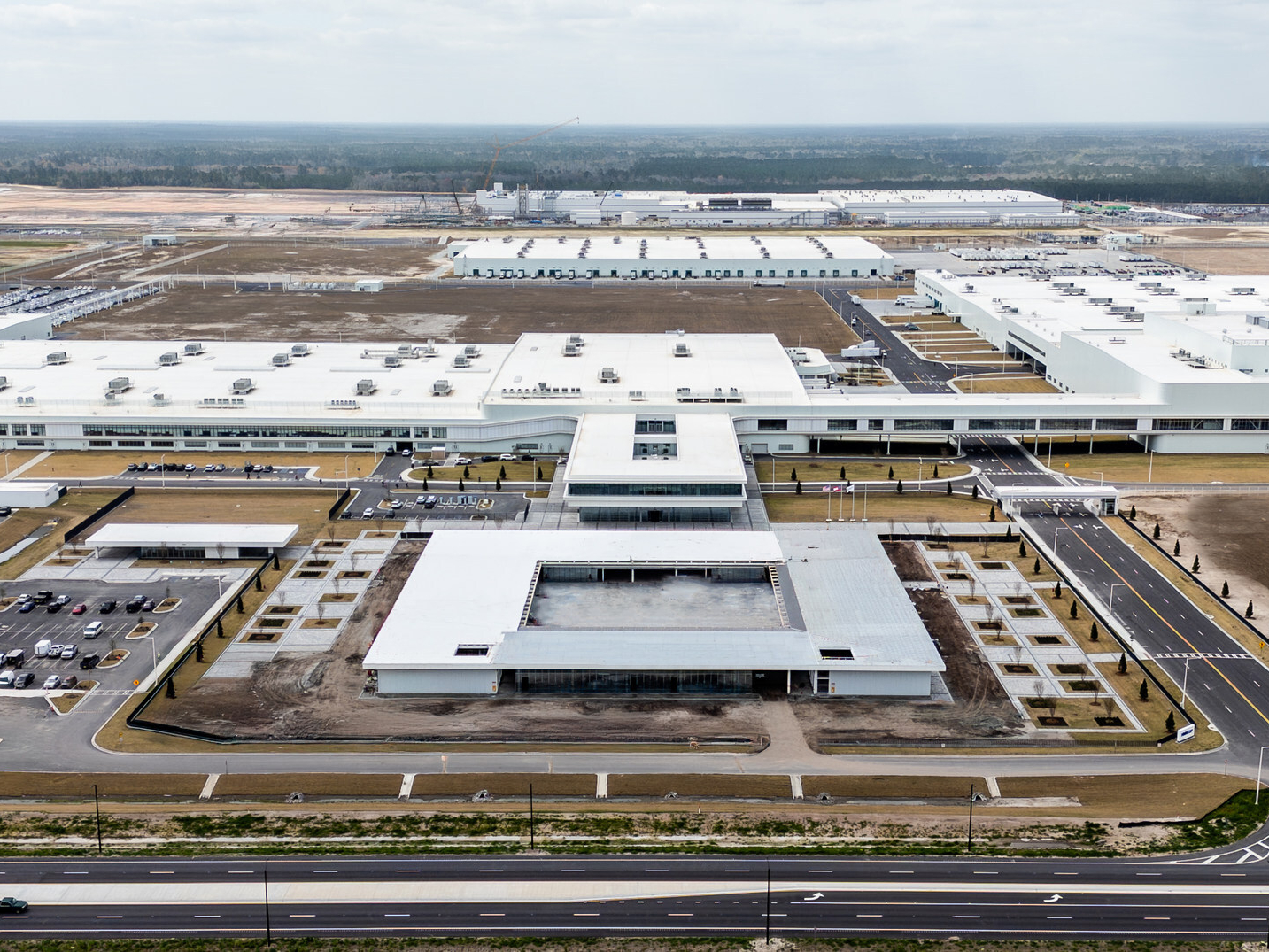
You must be logged in to post a comment.